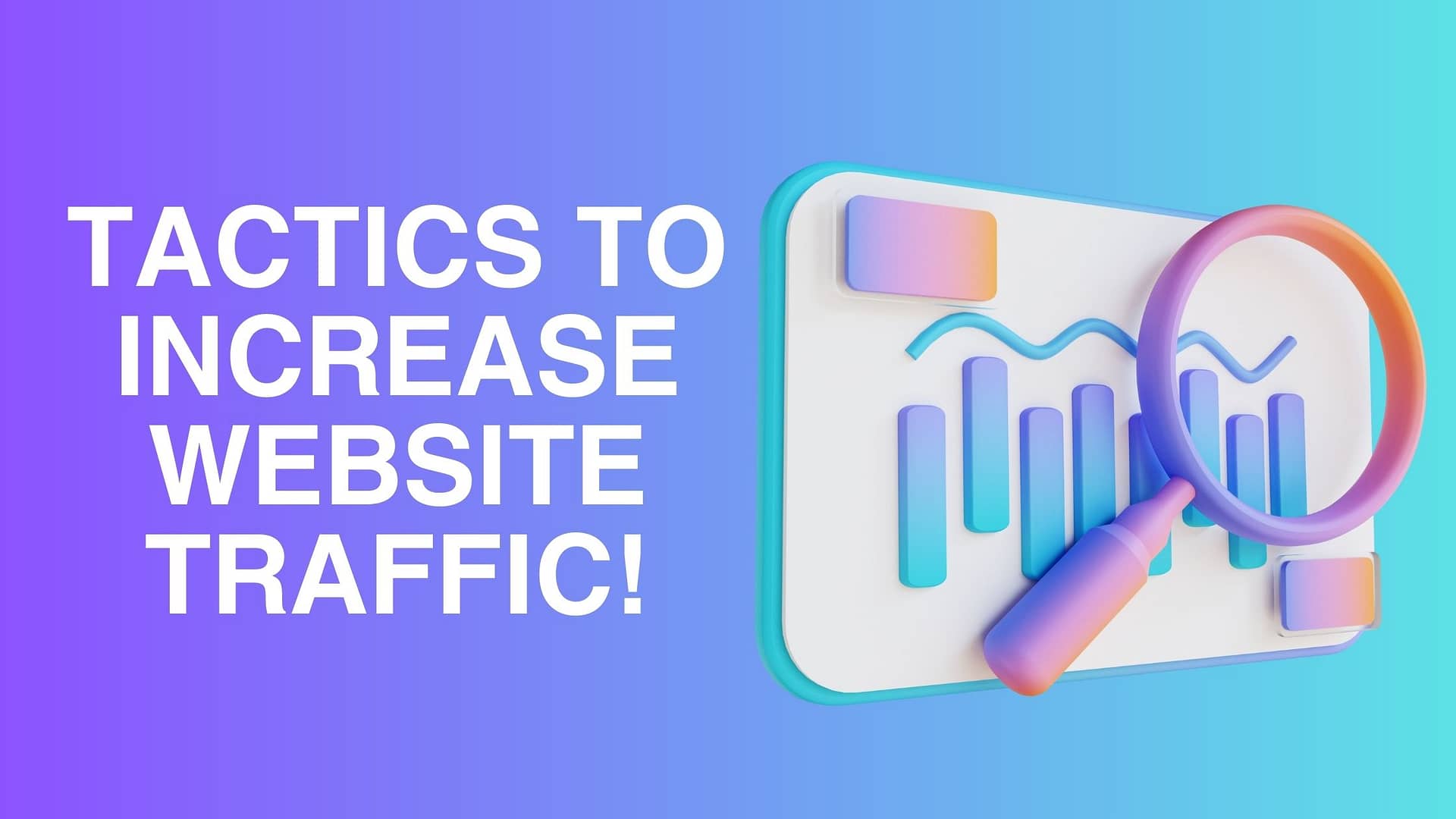 Small Business Website Design: Enhancing Your Online Presence
Small Business Website Design: Enhancing Your Online Presence
Introduction
Having a well-designed website is crucial for small businesses to thrive. A small business website serves as a digital storefront, providing customers with information about products, services, and brand identity. It is essential to create a website that not only showcases your business but also appeals to your target audience. In this article, we will explore the key elements of small business website design, strategies to enhance your online presence, and frequently asked questions regarding website design.
Small Business Website Design: A Powerful Tool
A small business website design plays a pivotal role in establishing a strong online presence. It acts as a virtual representation of your business, allowing potential customers to discover and engage with your brand. Here are some essential factors to consider when designing a small business website:
1. User-Friendly Navigation
A well-structured and intuitive navigation system is vital for guiding visitors through your website. Implement a clear menu structure with logical categories and subcategories, making it easy for users to find the information they need. Avoid cluttering the navigation bar with too many options, as this may overwhelm visitors.
2. Engaging Visuals and Branding
Captivating visuals and consistent branding elements leave a lasting impression on visitors. Incorporate high-quality images and videos that reflect your brand’s identity and values. Use a color scheme that aligns with your brand guidelines to establish a cohesive and visually appealing website.
3. Responsive Design
In today’s mobile-driven world, ensuring your website is responsive across various devices is essential. Responsive design allows your website to adapt seamlessly to different screen sizes, providing an optimal user experience. This factor is especially crucial for mobile users, as the majority of internet browsing now occurs on smartphones and tablets.
4. Compelling Content
Compelling and informative content is the backbone of any successful small business website. Craft engaging copy that showcases your products or services, highlights your unique selling points, and addresses your target audience’s pain points. Remember to optimize your content with relevant keywords to improve search engine visibility.
5. Call-to-Action (CTA) Buttons
Strategically placed call-to-action buttons prompt visitors to take desired actions, such as making a purchase, subscribing to a newsletter, or contacting your business. Use action-oriented language and visually distinct buttons to draw attention and drive conversions.
Maximizing Your Online Presence
Creating a small business website is just the first step. To maximize your online presence, it’s crucial to implement effective strategies that drive traffic and engage visitors. Here are some proven methods to enhance your online visibility:
6. Search Engine Optimization (SEO)
Implementing SEO techniques helps your website rank higher in search engine results pages (SERPs). Conduct thorough keyword research to identify relevant keywords for your business. Incorporate these keywords naturally into your website’s content, meta tags, headings, and URLs. Remember to optimize your images with descriptive alt text as well.
7. Content Marketing
Producing valuable and shareable content positions your business as an authority in your industry. Start a blog where you can publish informative articles, guides, and industry insights. Share your content on social media platforms and encourage others to share it as well. This can help drive organic traffic to your website and improve your search engine rankings.
8. Social Media Engagement
Leverage the power of social media platforms to engage with your target audience. Yes, create business profiles on popular platforms such as Facebook, Instagram, Twitter, and LinkedIn but those should always come second to your website, that is the brain of your company. You should push all posts from your website to your social pages so that your domain will get any organic traffic credit if clicked. Regularly share updates, promotions, and engaging content to build a loyal following and drive traffic back to your website.
9. Online Directories and Local Listings
Registering your business in online directories and local listings enhances your online visibility. Ensure your business information is accurate and consistent across all platforms. This improves your chances of appearing in local search results, especially when potential customers search for businesses in their vicinity.
10. Online Advertising
Paid online advertising can be an effective way to quickly boost your online presence. Platforms like Google Ads and social media advertising offer targeted advertising options that allow you to reach your ideal audience. Set a budget, define your target demographics, and create compelling ad campaigns that drive traffic to your website.
Frequently Asked Questions (FAQs)
FAQ 1: How long does it take to design a small business website?
Designing a small business website can vary in terms of time, depending on the complexity and scope of the project. On average, it can take anywhere from a few weeks to a couple of months to design and develop a functional and visually appealing website.
FAQ 2: Should I hire a professional web designer for my small business website?
While there are DIY website builders available, hiring a professional web designer can offer several advantages. A professional designer has the expertise to create a custom website tailored to your business needs, ensuring a unique and visually stunning online presence.
FAQ 3: What is responsive design, and why is it important?
Responsive design refers to the ability of a website to adapt to different screen sizes and devices seamlessly. With the increasing use of mobile devices, having a responsive website is crucial to provide a positive user experience and maintain high engagement levels.
FAQ 4: How can I track the performance of my small business website?
Tracking the performance of your small business website is essential to measure its success and identify areas for improvement. Utilize tools like Google Analytics to monitor website traffic, user behavior, conversion rates, and other valuable metrics.
FAQ 5: Can I update my website’s content on my own?
Most modern websites utilize content management systems (CMS) that allow website owners to update and manage their content easily. With a user-friendly CMS, you can make changes to your website’s text, images, and other elements without any technical knowledge.
FAQ 6: Is it necessary to optimize my website for mobile devices?
Yes, optimizing your website for mobile devices is crucial in today’s mobile-centric world. Mobile optimization ensures that your website is visually appealing, easy to navigate, and fast-loading on smartphones and tablets, providing a positive user experience.
Conclusion
A well-designed small business website is a powerful tool that enhances your online presence, attracts customers, and drives business growth. By considering factors such as user-friendly navigation, engaging visuals, responsive design, compelling content, and strategic CTAs, you can create a website that effectively showcases your brand and captivates your target audience. Remember to implement SEO techniques, leverage content marketing and social media, and track your website’s performance for ongoing success. Embrace the digital landscape and establish a robust online presence to thrive in today’s competitive business environment.
- Small Business Website Design
- Online presence
- User-friendly navigation
- Engaging visuals
- Branding
- Responsive design
- Compelling content
- Call-to-action buttons
- Search Engine Optimization (SEO)
- Content marketing
- Social media engagement
- Online directories
- Local listings
- Online advertising
- Web designer
- DIY website builders
- Responsive design
- Performance tracking
- Content management systems (CMS)
- Mobile optimization










